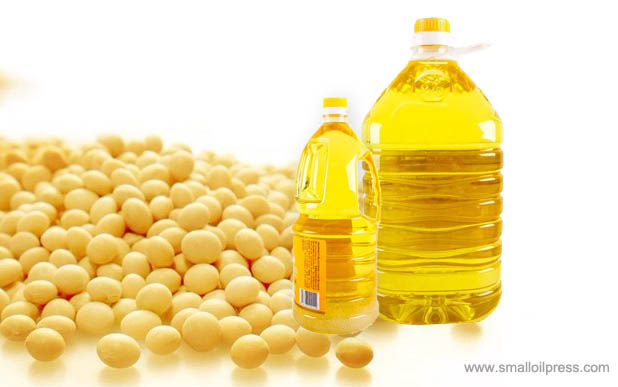What is the difference between pressing and solvent extraction?
Oil is an essential ingredient in cooking, and it is extracted from various plant sources using different methods. The two most common methods of extracting oil are pressing and solvent extraction. While both methods aim to extract crude oil, they differ in the process, nutrients, and raw materials used.

Different Processing Technology:
The pressing method involves using mechanical pressure to extract oil from the raw materials. This method is simple and requires minimal equipment, making it suitable for small-scale production. On the other hand, solvent extraction uses a chemical solvent, typically N-hexane, to extract the oil. This method requires more specialized equipment and facilities than pressing, making it more suitable for large-scale production. Both methods produce crude oil that requires refining to become edible oil.
Different Oil Residue Rate:
After the pressing method, the oil residue in the cake is typically around 6-7%. In contrast, the solvent extraction method can achieve an oil residue rate of less than 1%. This makes the solvent extraction method more efficient and cost-effective in terms of oil yield.
Different Application Range:
The two methods are suitable for different types of raw materials. Pressing is suitable for raw materials with high oil content, such as sesame and peanuts. In contrast, solvent extraction can be used for most raw materials, including those with low oil content, such as rice bran. For raw materials with high oil content, a combination of pressing and extraction can be used to obtain more oil and better economic benefits.
Different Machine Cost:
The cost of the equipment required for solvent extraction is generally higher than that for pressing. This is because the solvent extraction process requires an anti-explosion type workshop, which means that all the equipment inside the plant must be anti-explosion type. In contrast, pressing equipment is simpler and less specialized, making it more affordable.
Different Nutrients:
Pressed oil retains the original flavor of the oil, along with its color, aroma, and various nutrients. In contrast, extracted oil is typically colorless and odorless, and some nutrients may be destroyed or removed during processing. This makes pressed oil a more natural and nutritious option.
In conclusion, while both pressing and solvent extraction methods aim to extract crude oil, they differ in their process, efficiency, cost, and suitability for different types of raw materials. When choosing a method, it is essential to consider the type and quantity of raw materials, as well as the desired oil yield, quality, and nutritional value.
Experienced in soybean oil making turnkey projects, 100-10,00TPD production capacity. 20 years edible oil machine manufacture experience. Buy China best oil press machine!

